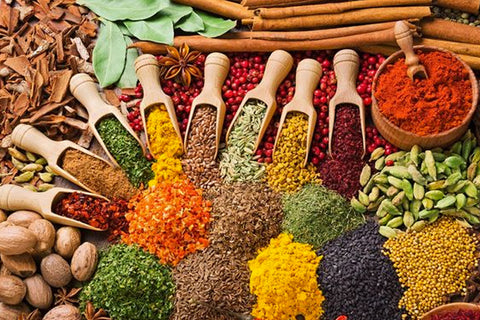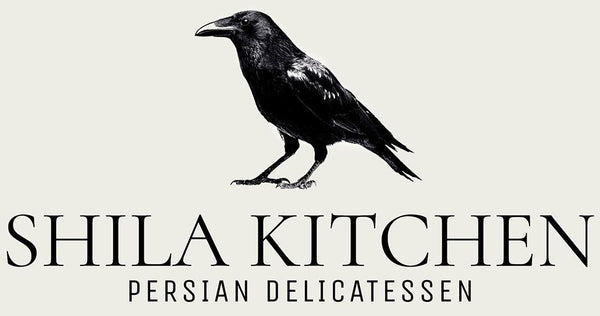No Persian kitchen is complete without spice. Teeming with varying scents, colour, and flavourful aromas, these ingredients are used to cap off any dish with a unique taste that is distinctly Persian. Not only are they known for seasoning various foods, but they’re also revered in Iranian cuisine for their wide range of medicinal benefits and healing properties.
A history of Persian spices
Due to an active ancient spice trade along the Silk Road, Persian cooks have historically evolved their cuisine through rich combinations of exotic spices. Such ingredients were considered a luxury and sign of “status” due to their relative scarcity, often sought after by kings and members of royalty.

Since then, Iranian dishes place significant value on various types of spice for achieving the vibrant flavours and aromas they’re often known for. They are also typically seen as “medicinal”, believing to promote health and prevent disease.
Though rich in spice, most Persian foods are not necessarily “spicy” or hot in flavour. As such, those sensitive to chilli may still enjoy the many flavourful dishes our cuisine has to offer.
Saffron – the “Red Gold” of spices
Considered an “icon” of Persian cuisine, saffron is a highly sought-after spice for its rarity and health benefits. Though Iran, Spain, Greece, and India are considered its main areas of production – Iran leads this trade by producing saffron in unmatched superior quality.
The spice is known for its sharp crimson colour and unique bitterness. A little goes a long way, with a tiny pinch (or less) enough to add extra flavour and aroma to a wide variety of Persian dishes. You’ll often find it served over rice, added to drinks and Sharbats, and used to add a dash of colour to desserts such as Bastani (traditional Persian ice cream) and Shole-Zard (saffron rice pudding).

Saffron is also considered incredibly beneficial to one’s health, with effects ranging from the medicinal to the cosmetic. These include helping with physical ailments such as headaches, inflammation, and bodily pains; and emotional troubles such as melancholy or anxiety. (In fact, it’s been said that eating a generous amount of saffron may actually induce laughter.) The spice has also been said to provide anti-aging effects and skin brightening, as well as function as a powerful aphrodisiac.
Turmeric – The Essential Spice
Saffron may be the treasured spice of Persian cuisine, but turmeric currently stands as the most commonly used spice across most (if not all) Persian dishes.
You’d be hard-pressed to find iconic Persian food without at least a few traces of turmeric laced in with its recipe. This spice is most commonly used in stews, soups, and rice dishes; beloved for its bright yellow hue, earthy flavour and fragrance.

It is also nicknamed the “golden spice” of Persia, and is additionally sought after for its strong anti-inflammatory, anti-cancer, and antioxidant properties.
Other spice must-haves
Alongside saffron and turmeric, Persian cuisine indulges a vast range of valuable spices, including:- Cinnamon: Known for its sweet-spicy flavour, cinnamon is full of powerful antioxidants and functions as a rich source of iron, manganese, and calcium. This spice is often added to drinks and smoothies or used to add flavour to desserts.
- Cardamom: Often used as a main flavouring ingredient, cardamom is revered for its sweet aroma is typically used to elevate the flavours of Persian pastries and desserts. It is also known for its ability to soothe stomach pains and relieve acidity.
- Sumac: This spice adds a dash of vivid red colour to many Persian salads, sauces, and meat-based dishes. Its tangy, citrusy taste adds an interesting pop of flavour to most salty Iranian foods (i.e. kababs), and is well-known for its antioxidant and anti-inflammatory properties.
Never underestimate the power of spice
Once a rare substance sought-after by ancient royalty, various spices can now be found in your local supermarket and grocery store. Explore the powerful benefits these ingredients can offer by experimenting with different spices in your cooking today. Or, indulge in the vast selection of spice-infused foods Shila Kitchen has to offer – from hearty dine-in meals to fresh takeaways and tea bites.
